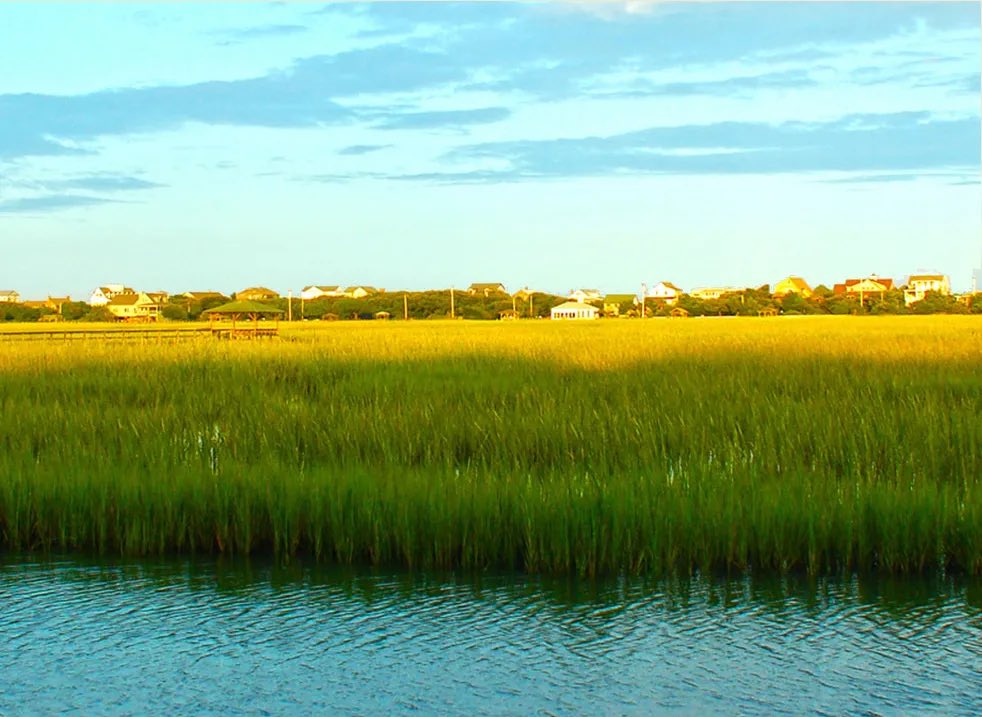
The drive down U.S. 17 along South Carolina and Georgia is beautiful—the lush grasses of the salt marsh seem to go on forever. This part of the country didn’t look like this before enslaved Africans were brought to the American colonies. 

Rice plantations shaped and reshaped the lowcountry geography and economy, making Charleston one of the richest cities in the world and SC the richest colony—but it was a wealth built primarily on the knowledge, skills, and labor of enslaved Africans. 

With rough tools, the enslaved cleared immense wooded swamps. Then they constructed massive hydrological systems—dams, dikes, and floodgates— used to irrigate rice fields where they sowed and weeded the grain. 

The transformation of the landscape is an engineering marvel that demonstrates their knowledge, skill, and capacity. Despite brutal conditions, generations of enslaved rice growers continued West African traditions in the Americas.
These aerial images by photographer David Soliday show the remnants of the rice fields from NC to to GA. They highlight the extreme impact of this fields on the natural environment. Source: nmaahc.si.edu/rice-fields-lo… 

#HiddenHistory—Gulllah Geechee history—in plain sight.
Great @postandcourier article on the photographer, who had an exhibit in 2016 showing the massive scope of the rice fields from above. postandcourier.com/features/arts_…
• • •
Missing some Tweet in this thread? You can try to
force a refresh




















